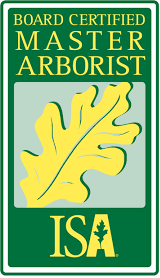Pine Bark Beetle Management & Prevention
Pine Bark Beetle Management & Prevention
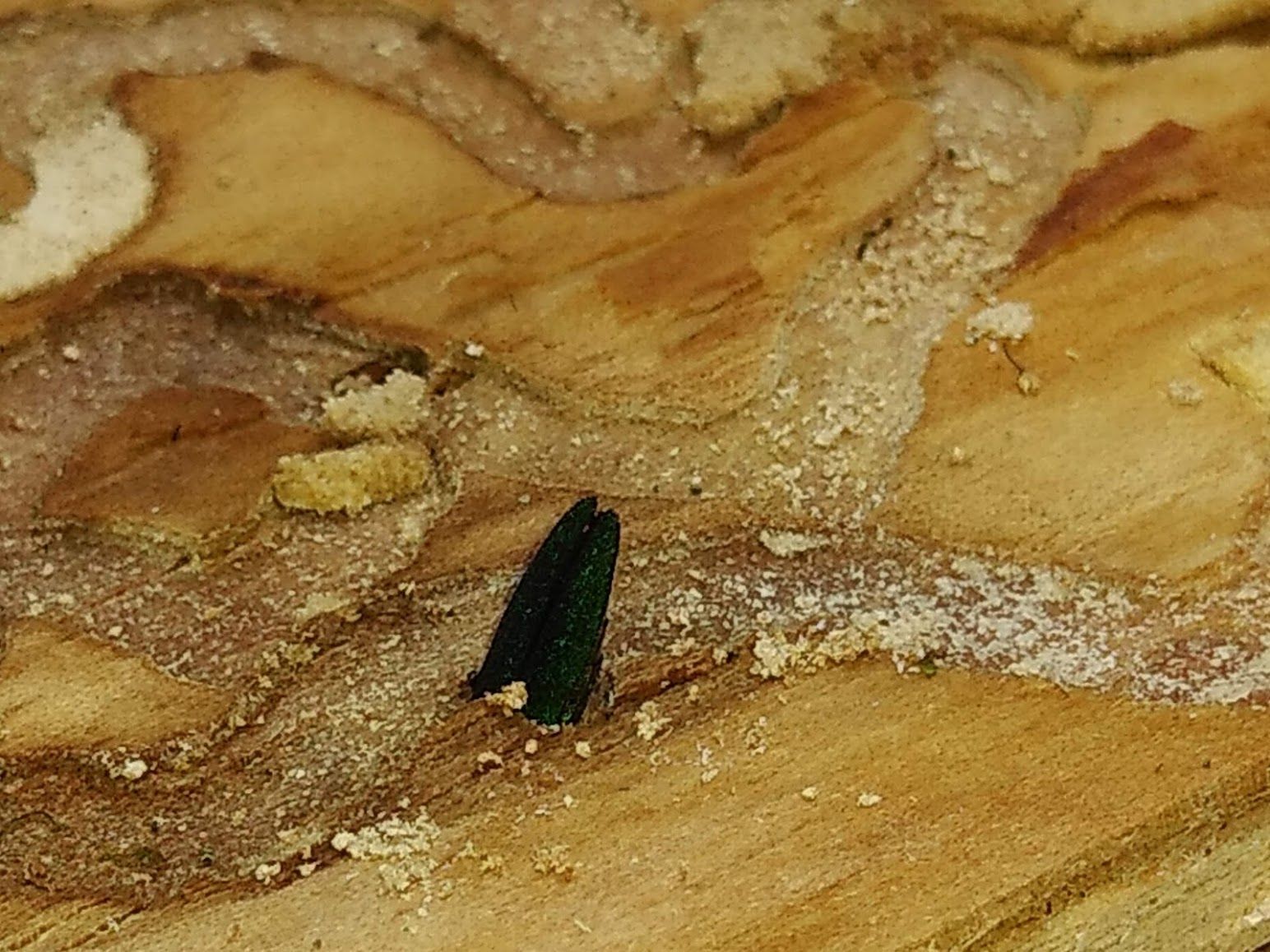
Pine bark beetles are a type of beetle that feed on the inner bark and vascular tissue of pine trees.
Fortunately they only attack pine trees, however in heavily forested areas this can become a serious
threat to our Houston ecosystems and forests.
There are many types of Pine bark beetles, but the most common around Houston are the Southern
Pine Bark Beetles, The IPS engraver Beetle (mostly Bastrop County), and the Black Turpentine Beetles.
They affect all types of pines that we have here in Houston, TX, however, most often go for pines that
have been stressed through environmental and human stressors.
After the drought and heat wave of summer 2022, pine bark beetles have seemed to have gained
significant grounds in our urban forests, with hundreds of thousands of trees Being infested and dying.
We've seen a drastic increase in the amount of trees that we are treating and are having to be removed,
and the effects will be long-lasting. Drought conditions can often stress a tree out, leaving them
hormonally imbalanced and unable to produce the natural immune functions (Allelochemicals) to fight
off the invasive pest.
There are several ways to manage pine bark beetle infestations, and the solution often depends greatly
on the unique situation of each particular stand of trees. The most effective way to greatly suppress the
pine bark beetles is to remove infested trees and to burn the wood to prevent the spread of The Beatles.
Another highly effective method is to use insecticides to kill the beetles and prevent further damage,
however, both of these methods can be expensive and may not be feasible for large scale infestations.
Preventative measures can also be taken to reduce the risk of pine bark beetle infestations. The most
effective means of preventing your tree from becoming damaged by pine bark beetles is to keep the
health of the tree end of the surrounding soil and roots at an extremely healthy state. This includes
fertilizing your trees and feeding the beneficial microbes that will help your treating get more nutrients
from the soil it lives in.
Thinning the amount of trees surrounding your home or forest may significantly reduce the tree density
and increase the overall health of the remaining trees which will get more nutrients from the soil since
they have less competition front surrounding trees and their roots.
The best method by far is to keep your trees healthy and free of mechanical damage such as line
trimmers and branches that could rub against the trunk. Dead tissue should be removed ASAP, and your
tree needs at around 2”-4” of water from natural means (RAIN!) or through irrigation during particularly
hot and dry periods, which is very common during summer months in south Texas.
In conclusion, fine bark beetles are a significant threat to the trees that make up are landscapes and
urban forests. It's important to take proactive measures to manage and prevent infestations to these
valuable resources in our landscape!
If you need help establishing a good tree care maintenance program to keep your trees healthy and
thriving (and prevent against pine bark beetles), don't hesitate to shoot us an e-mail or give us a call at
the number below.
Matt Latham – 409.995.7940
Board Certified Master Arborist #TX-3737B
Clear Lakes Arborists
office - 832.385.1836
ericputnambcma@gmail.com
mattlathambcma@gmail.com
Read our Previous Posts!
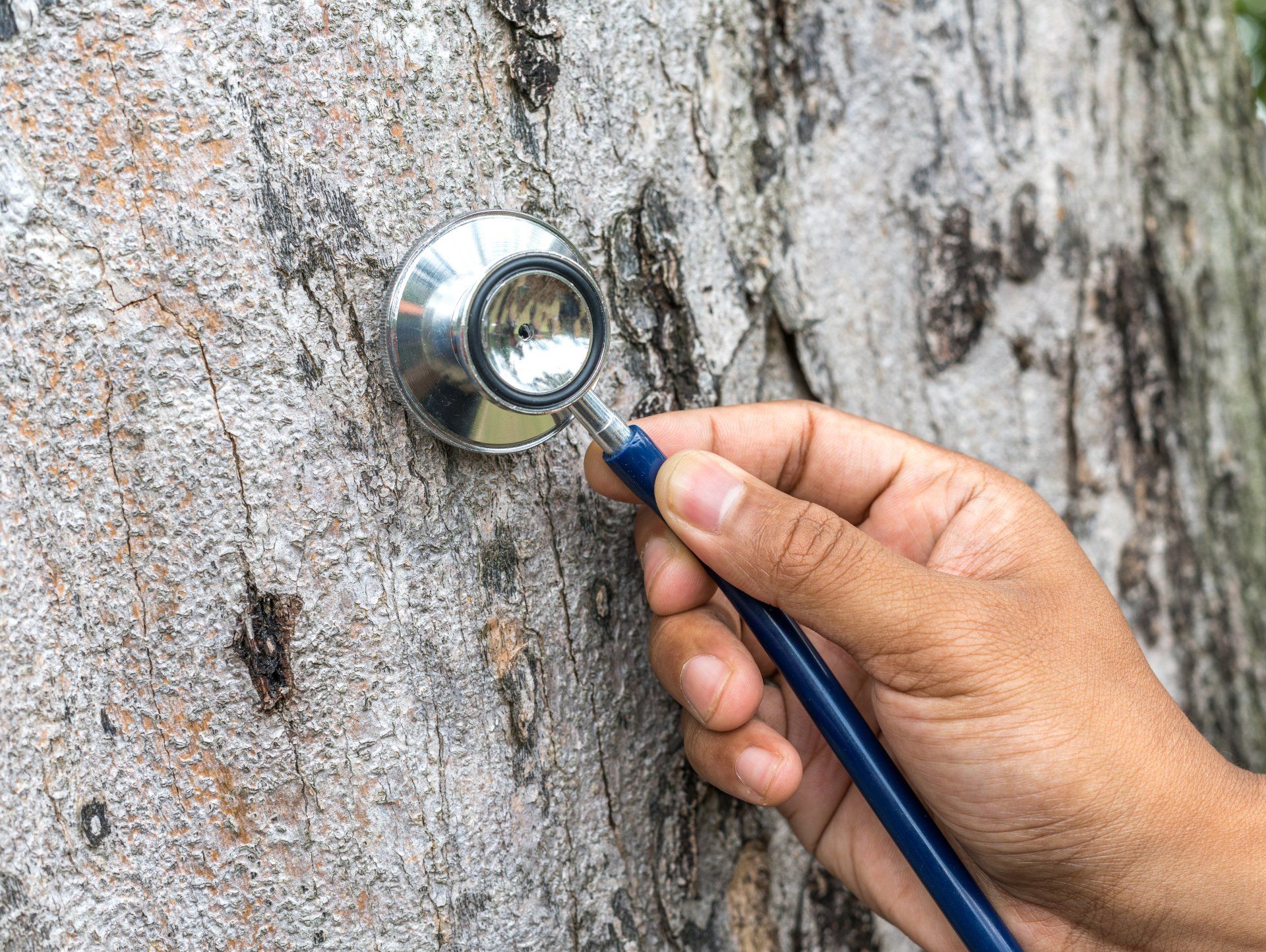
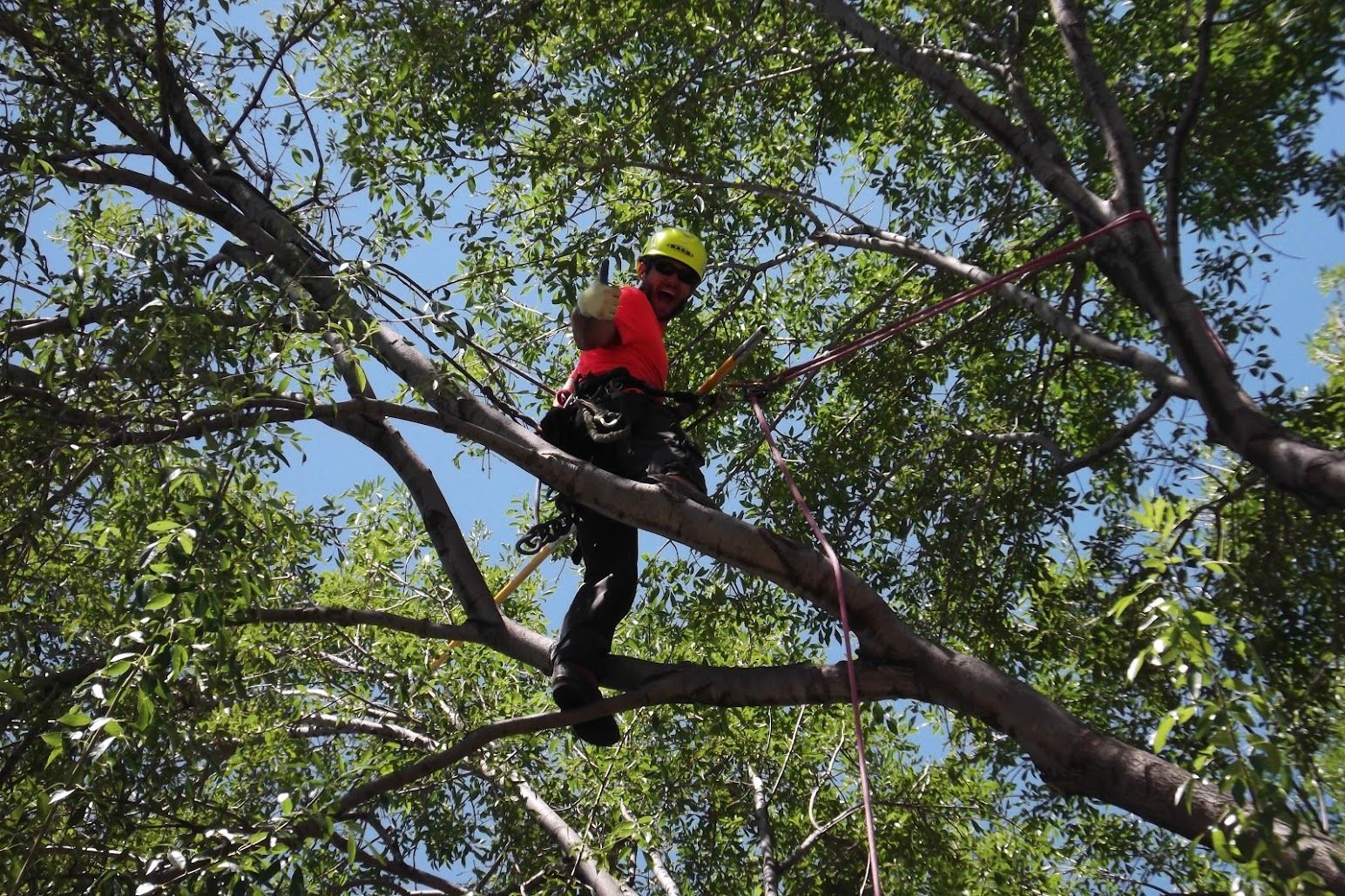
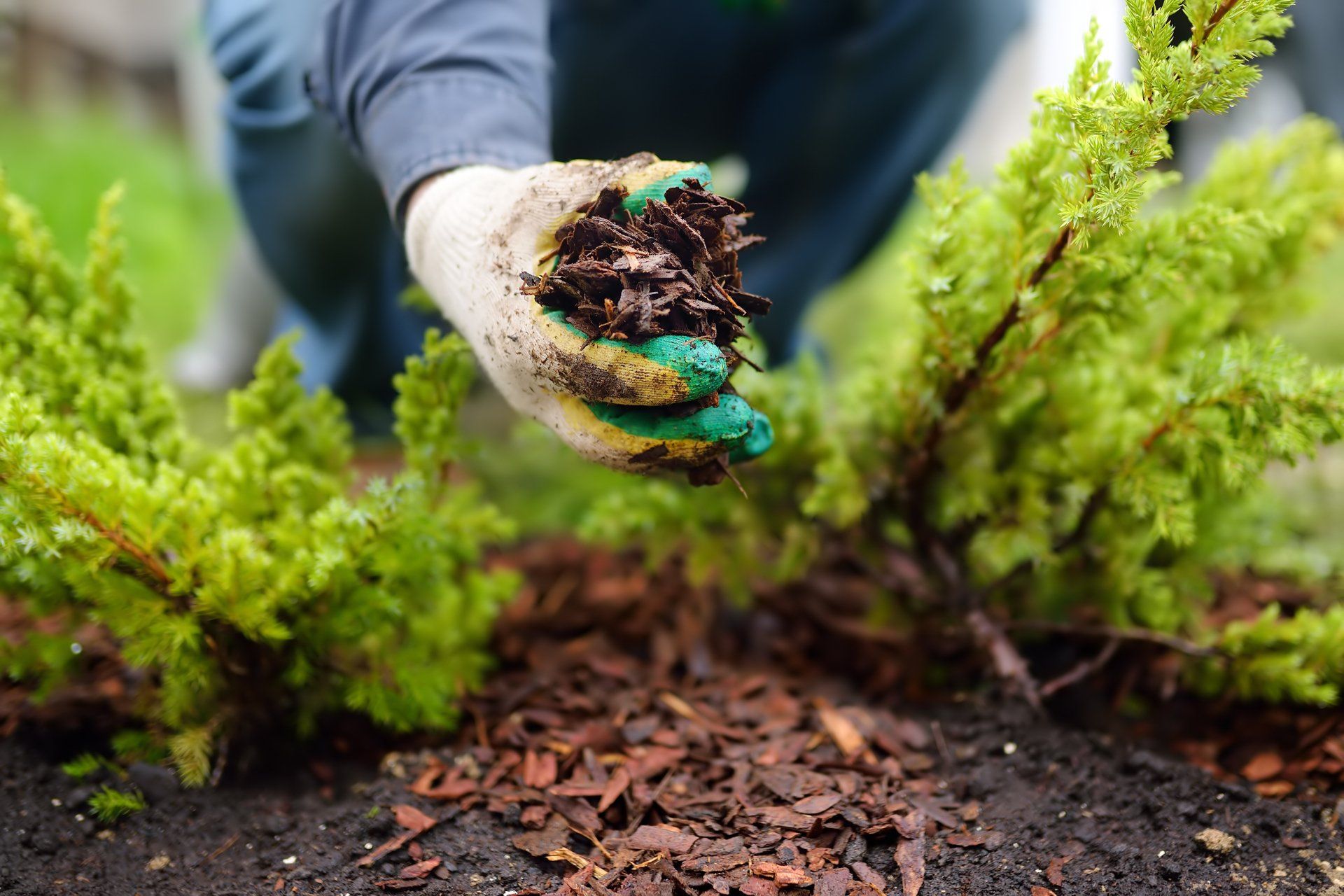
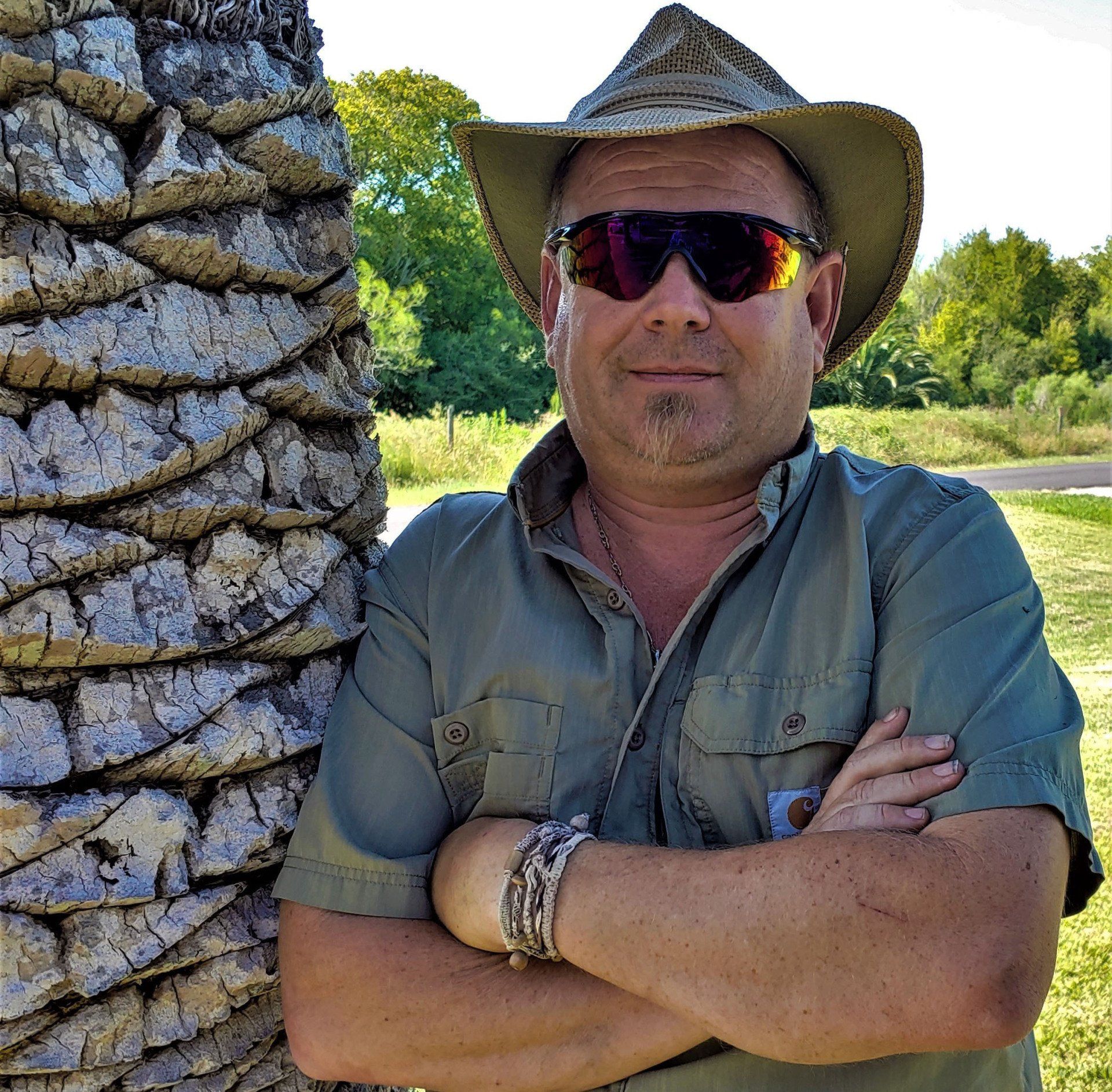
(832) 479-0335
Website & Tree Service Marketing by:
All Rights Reserved | Eric Putnam, ISA Master Arborist



